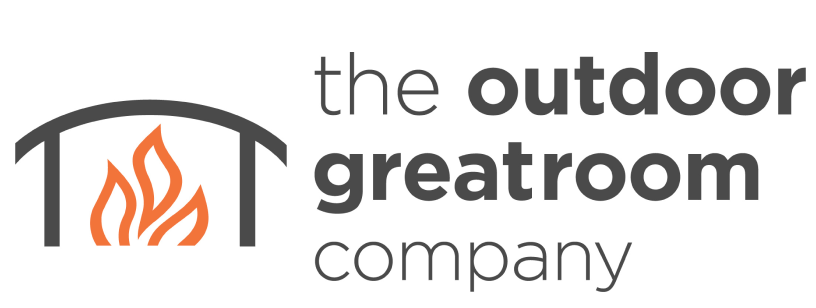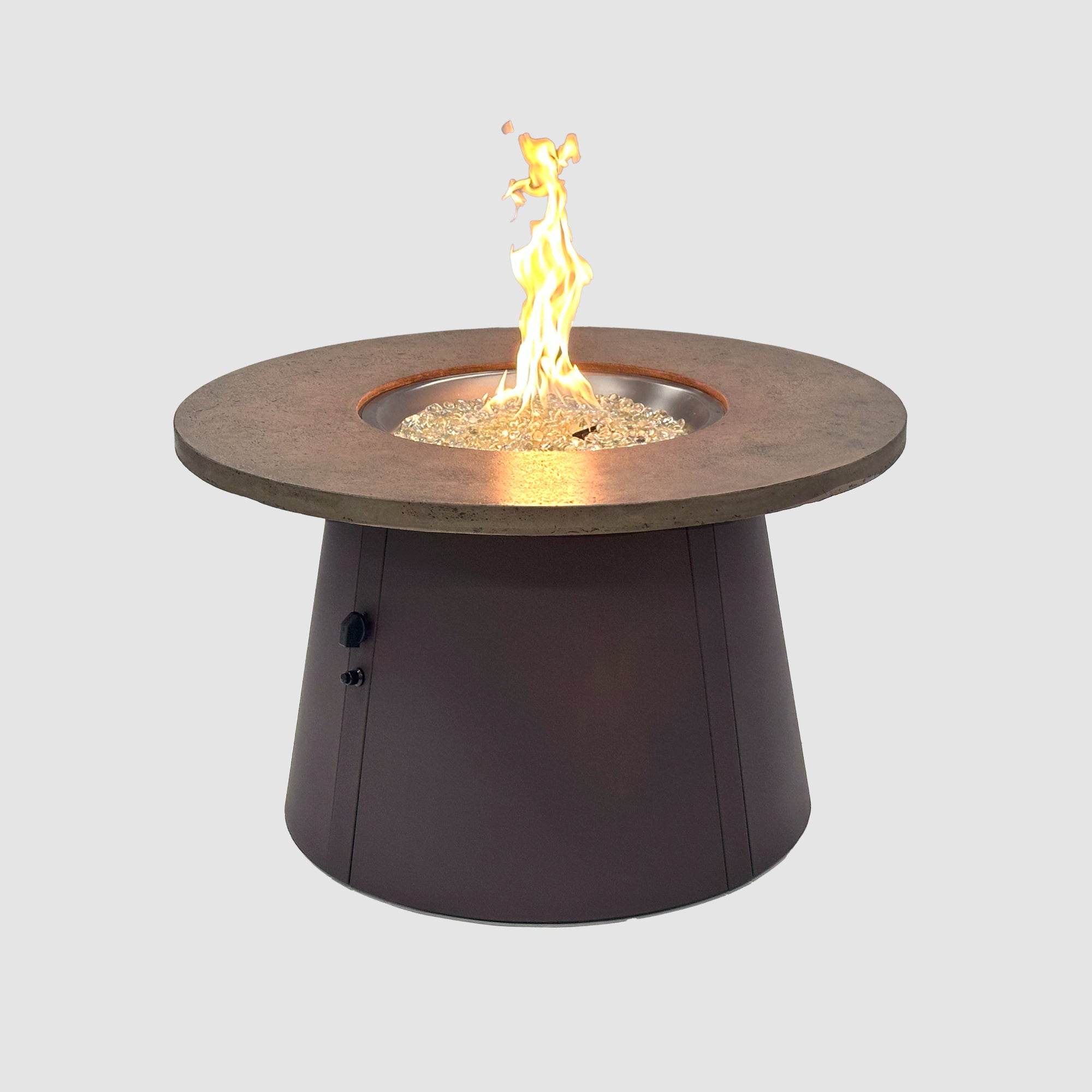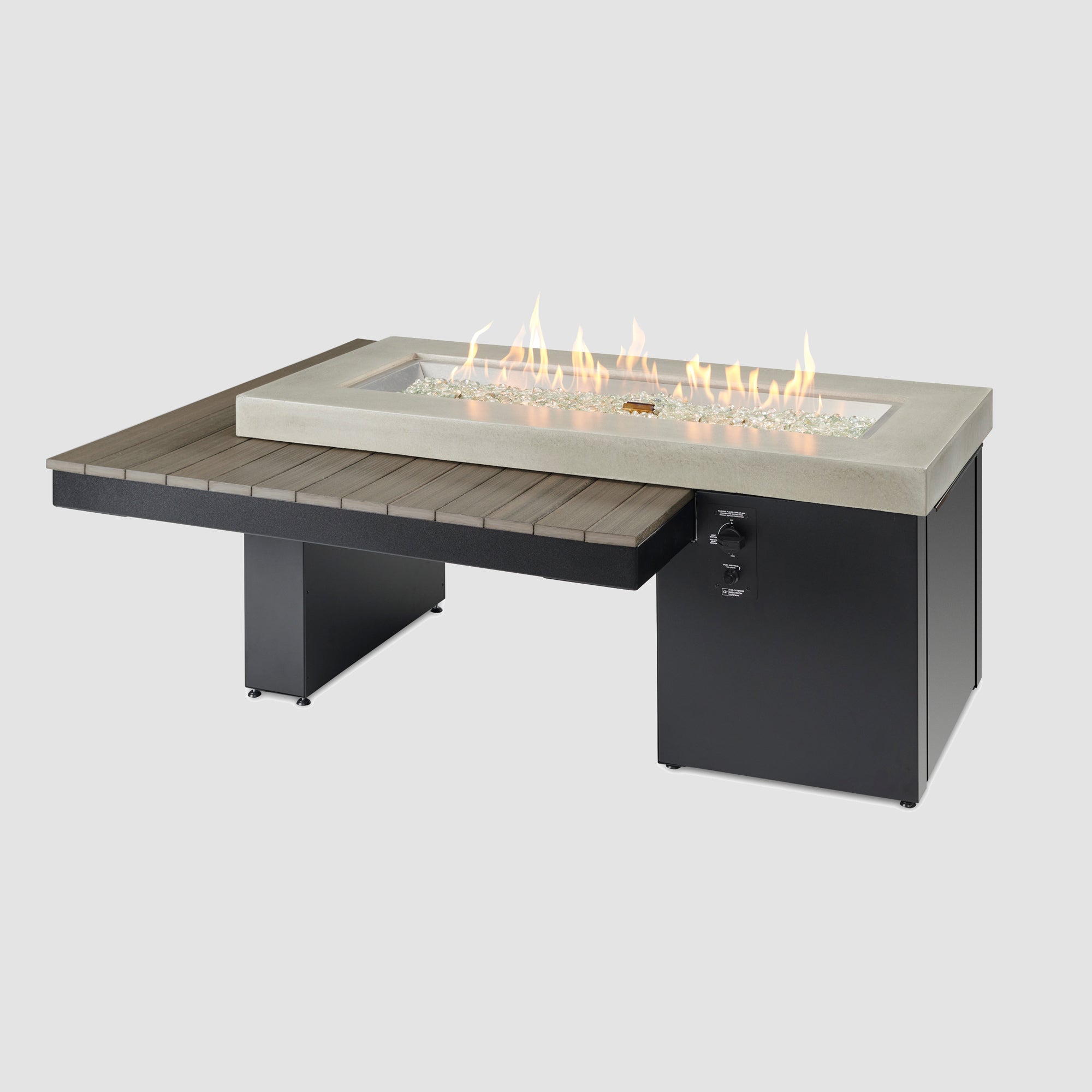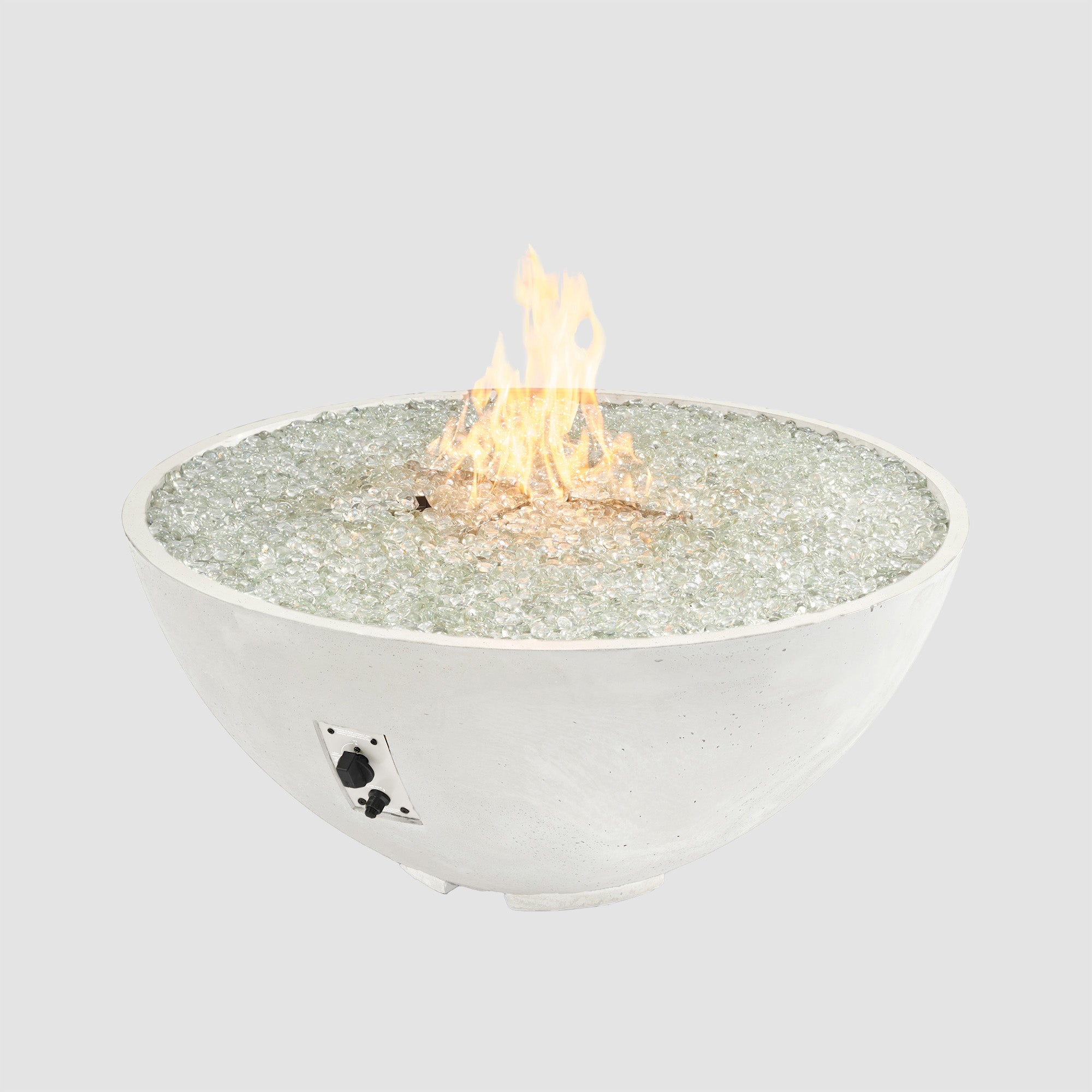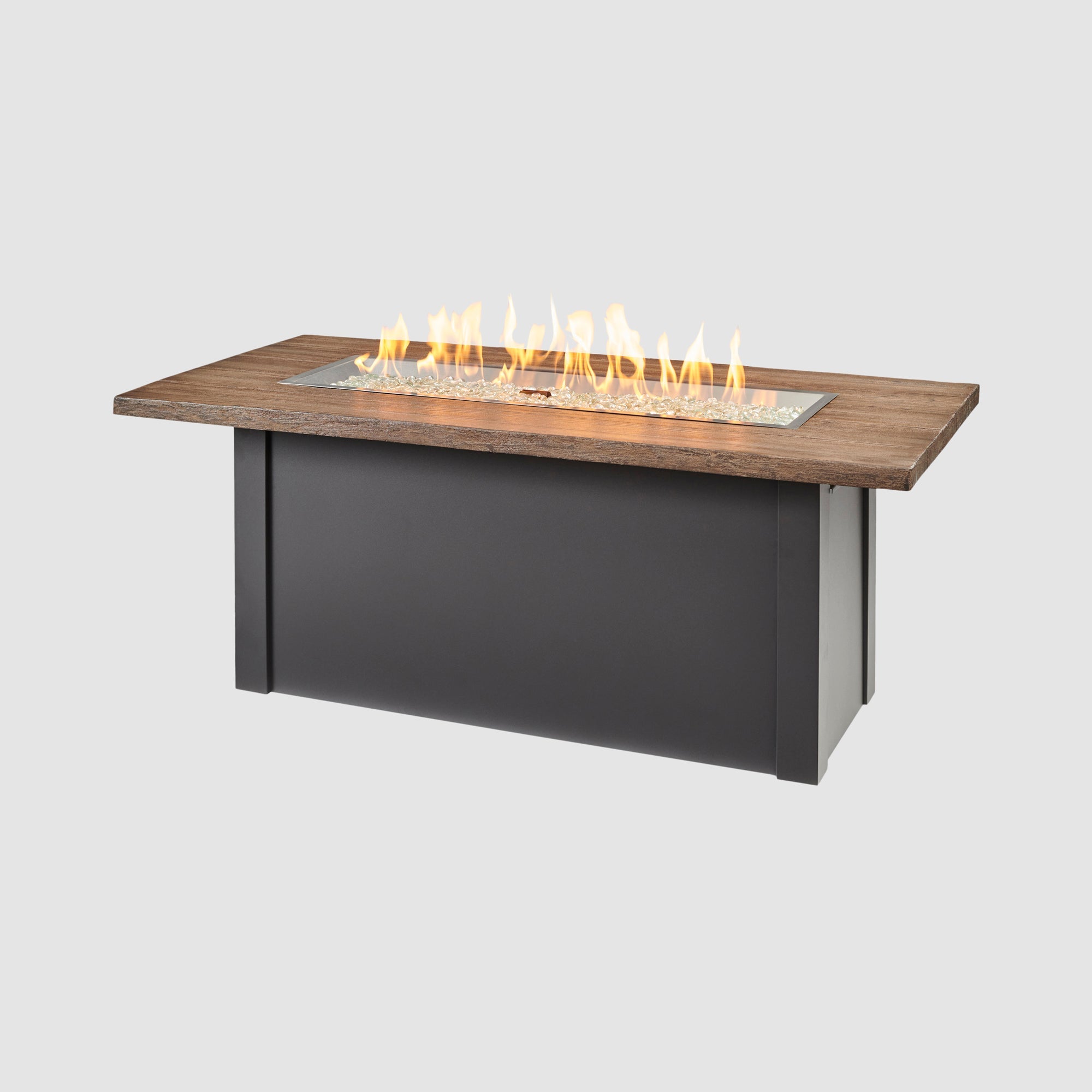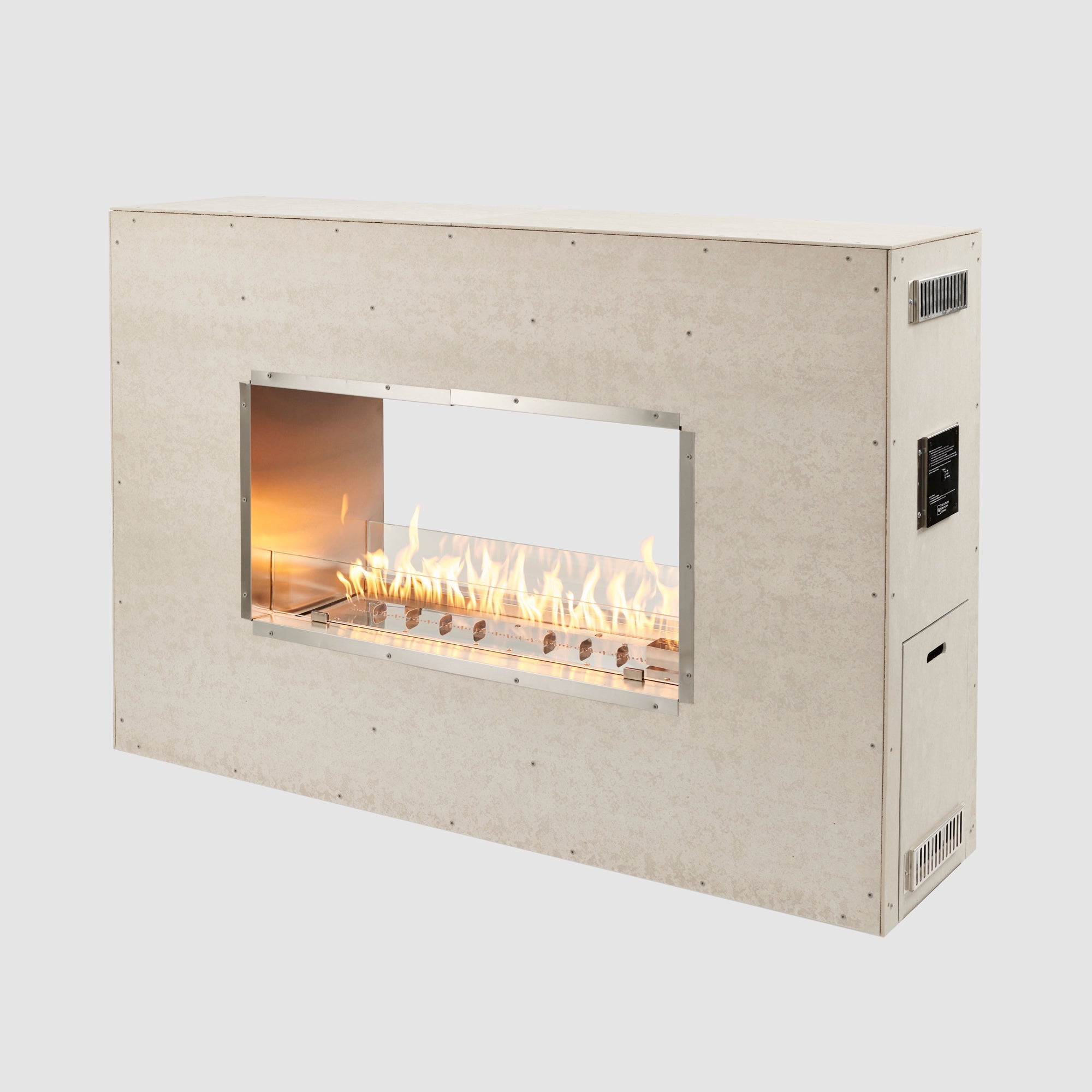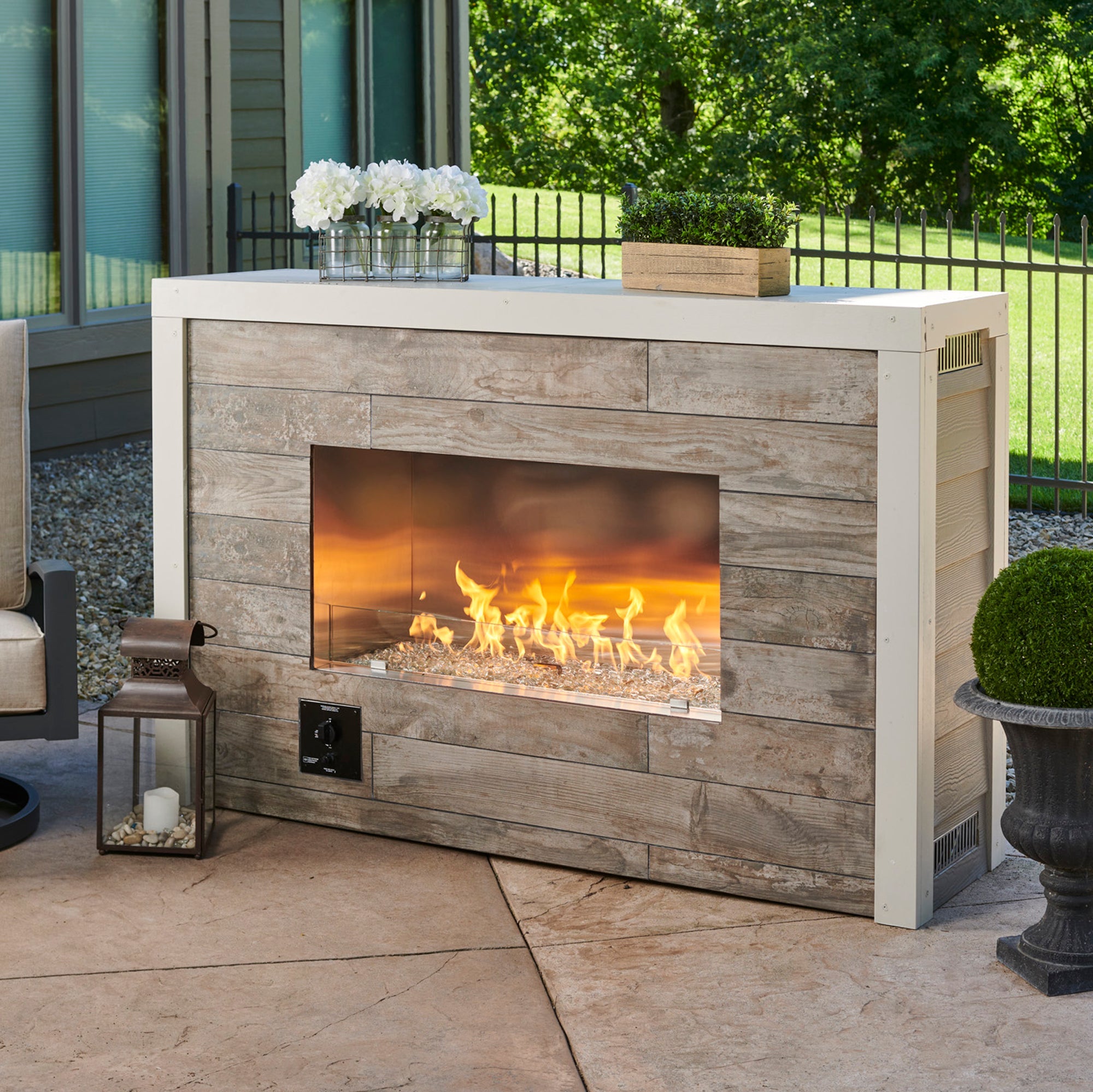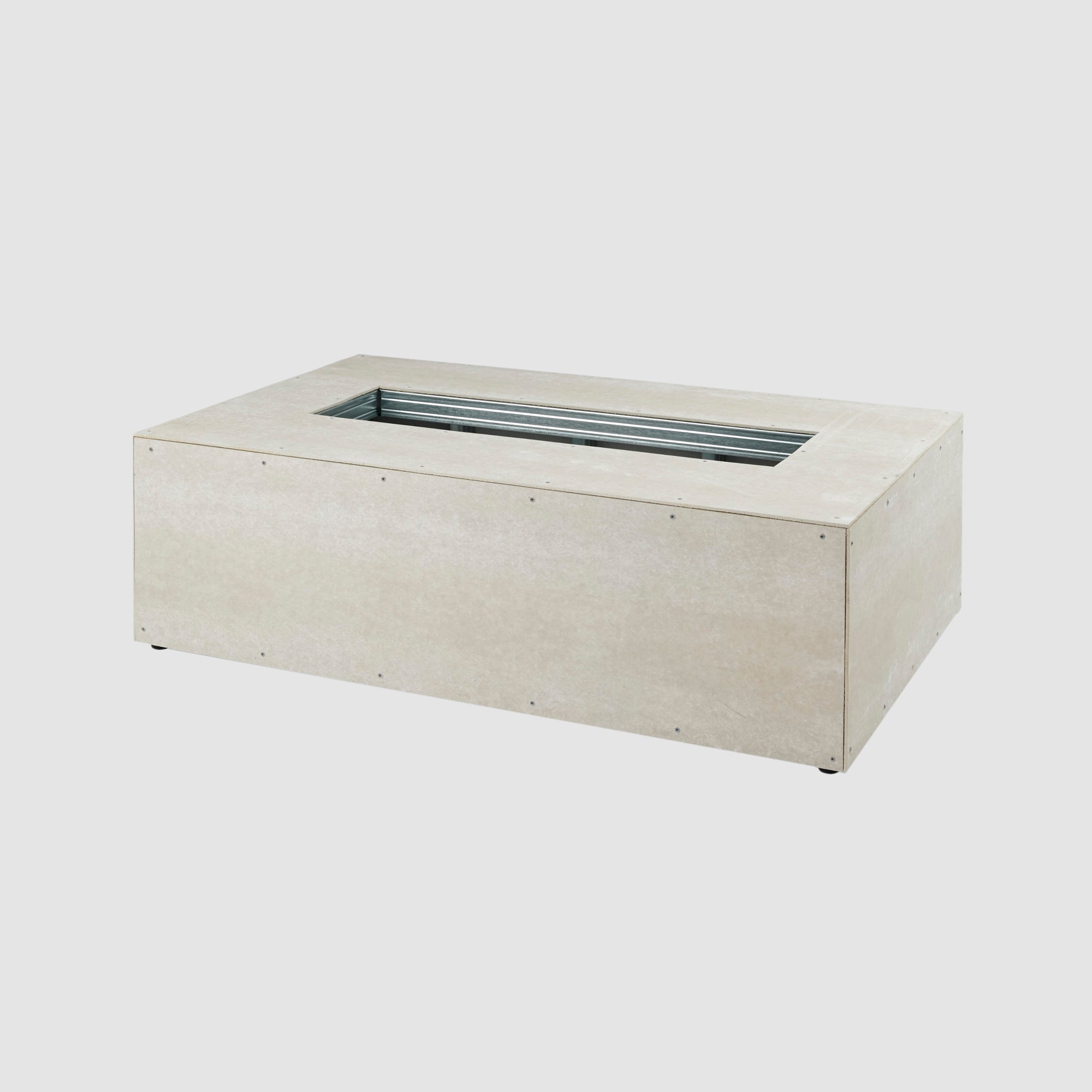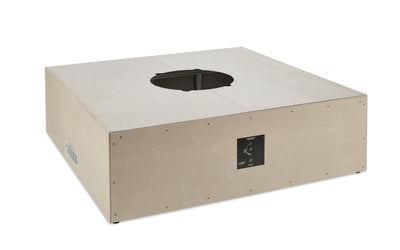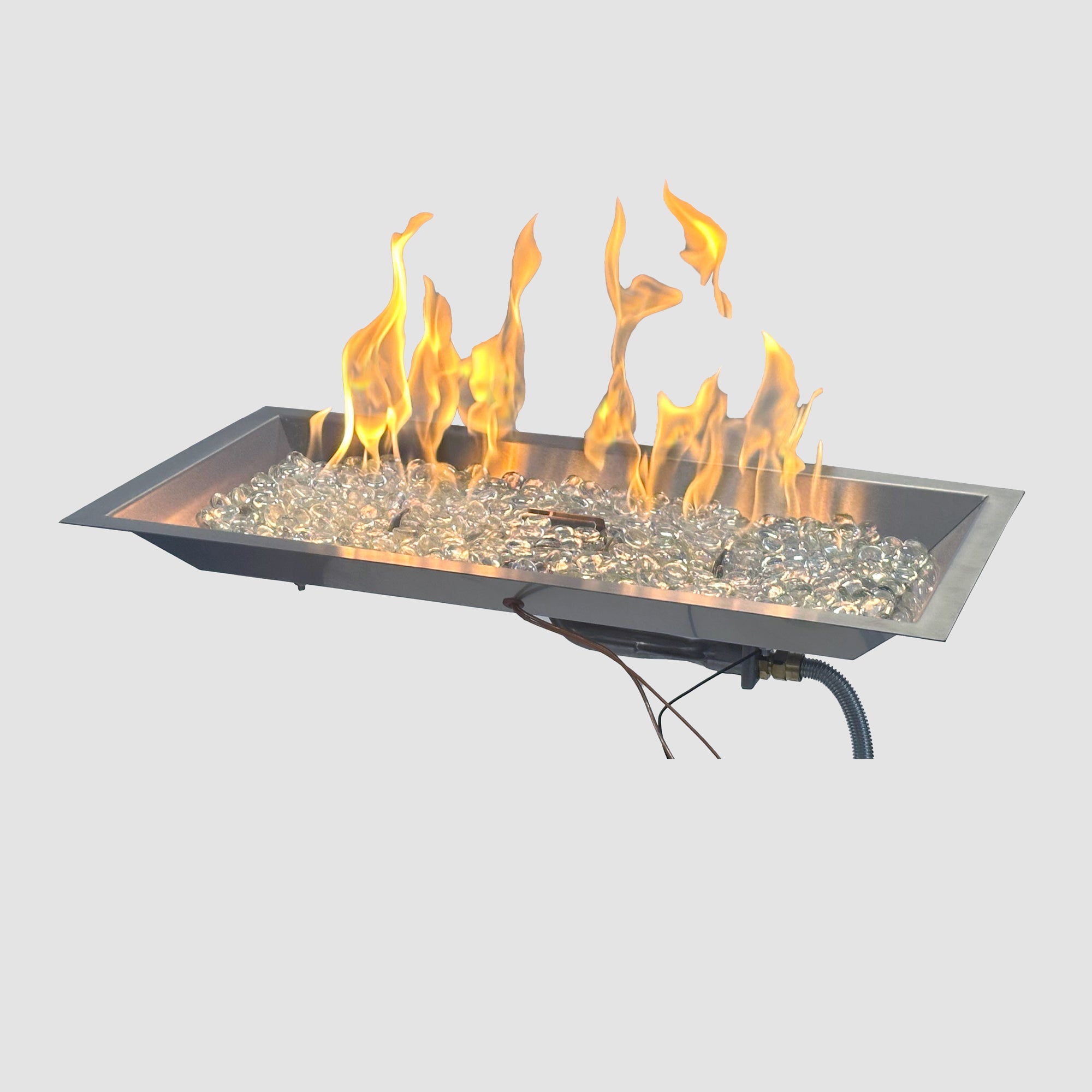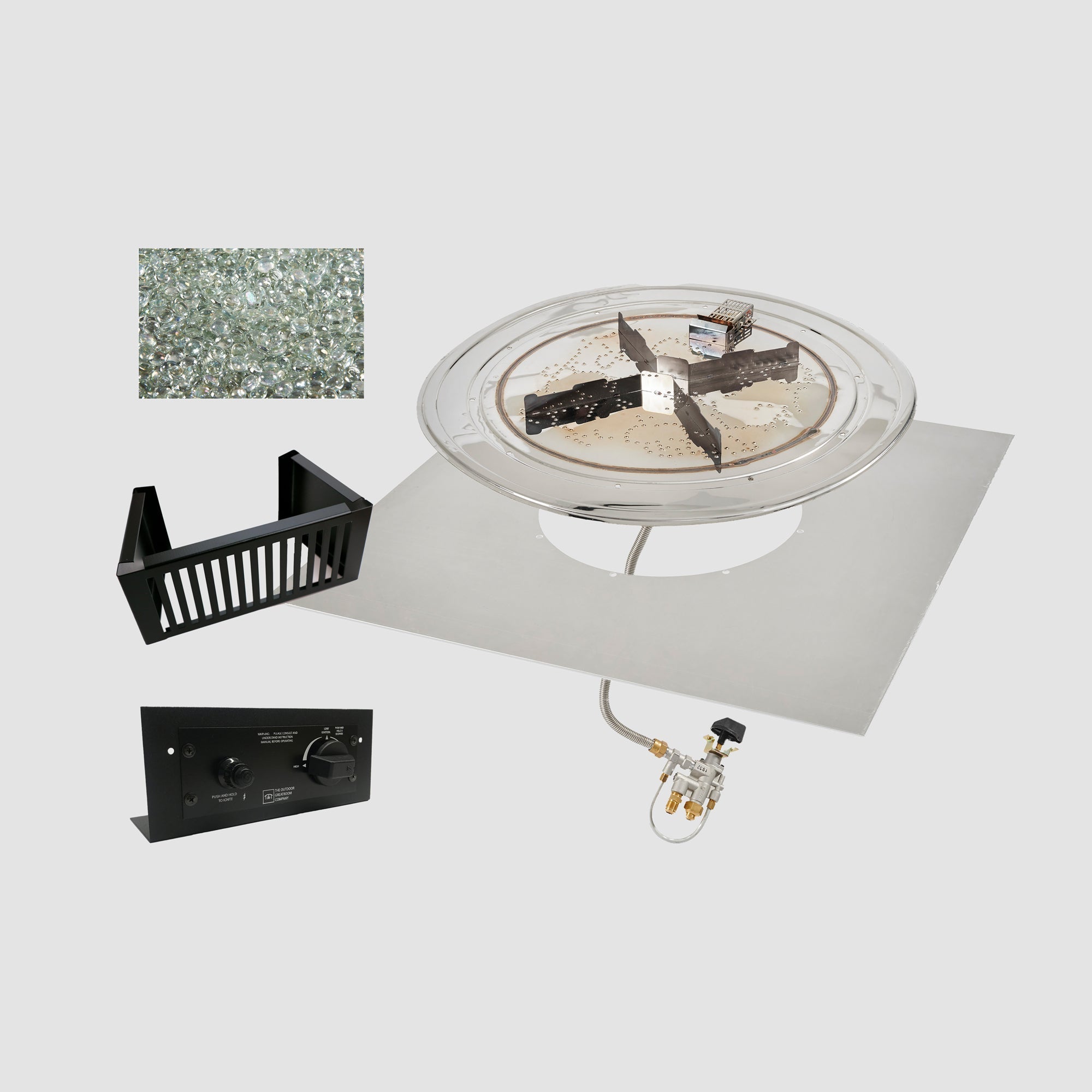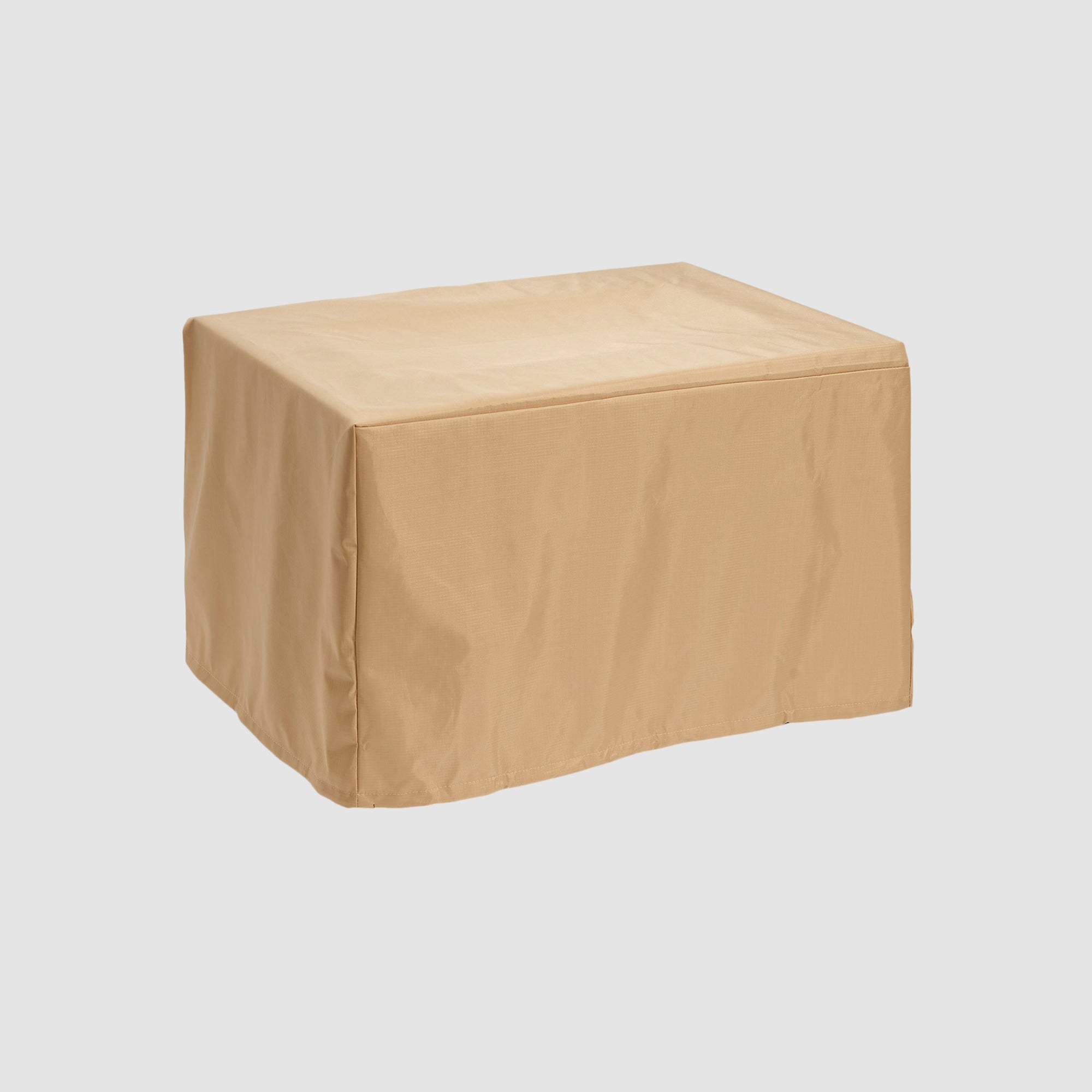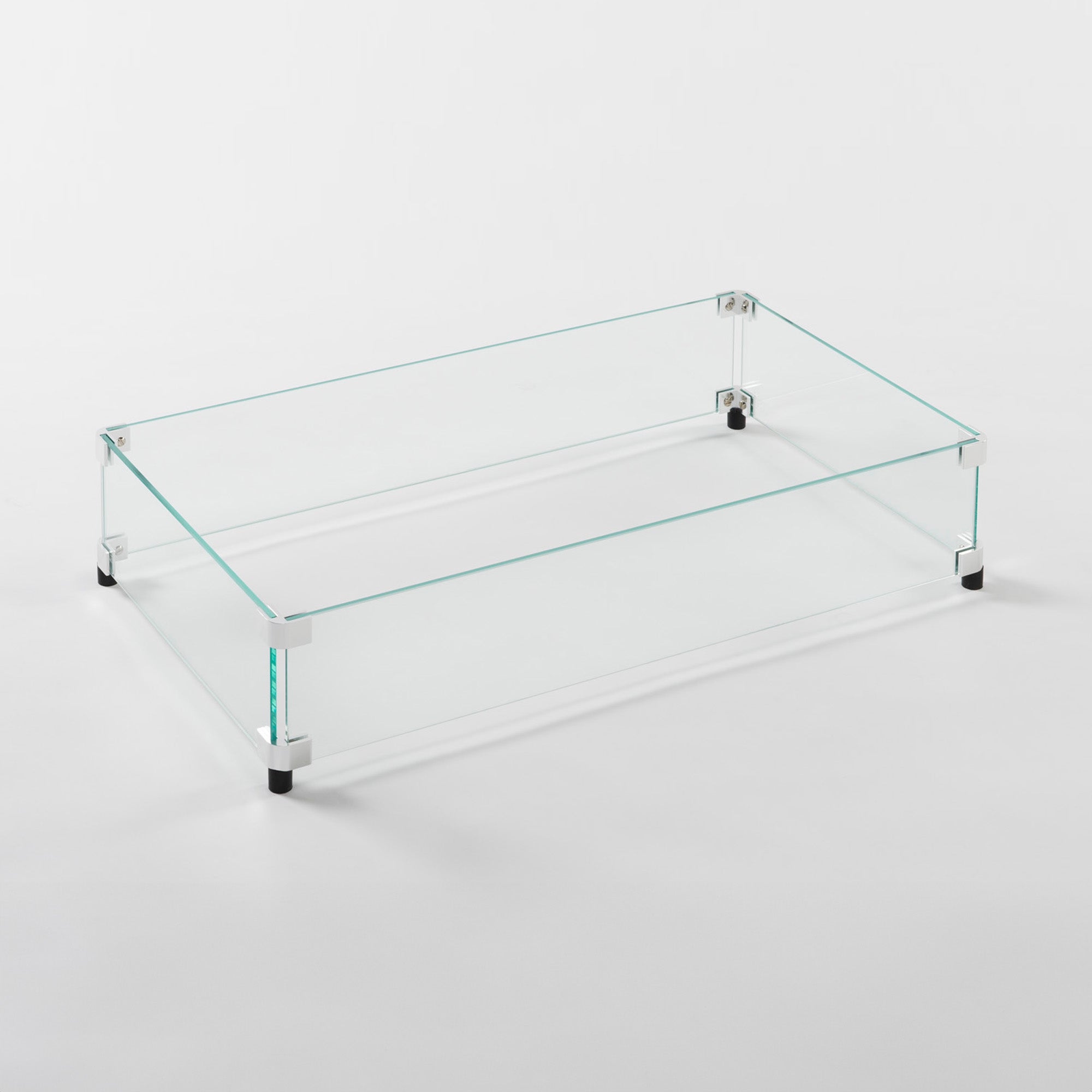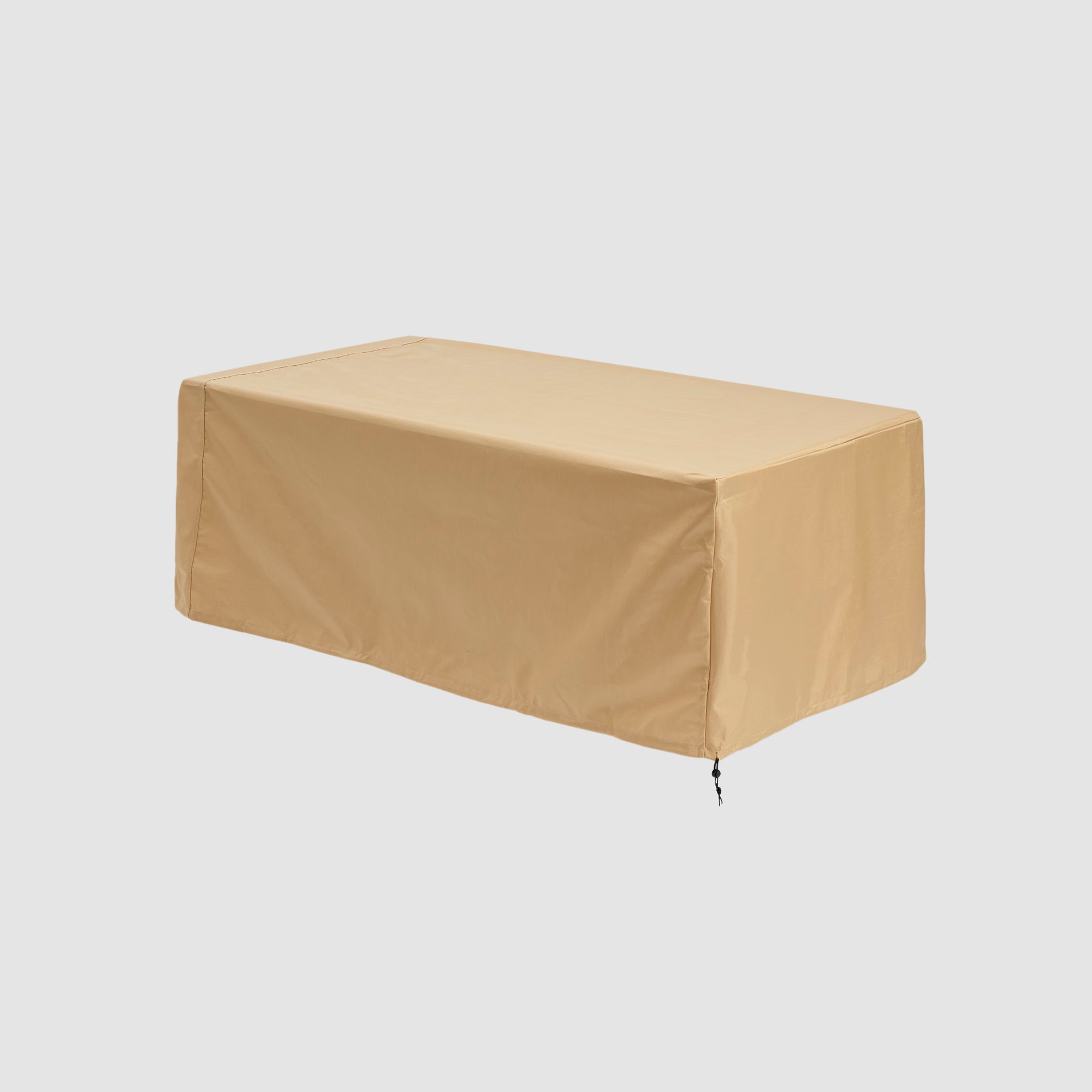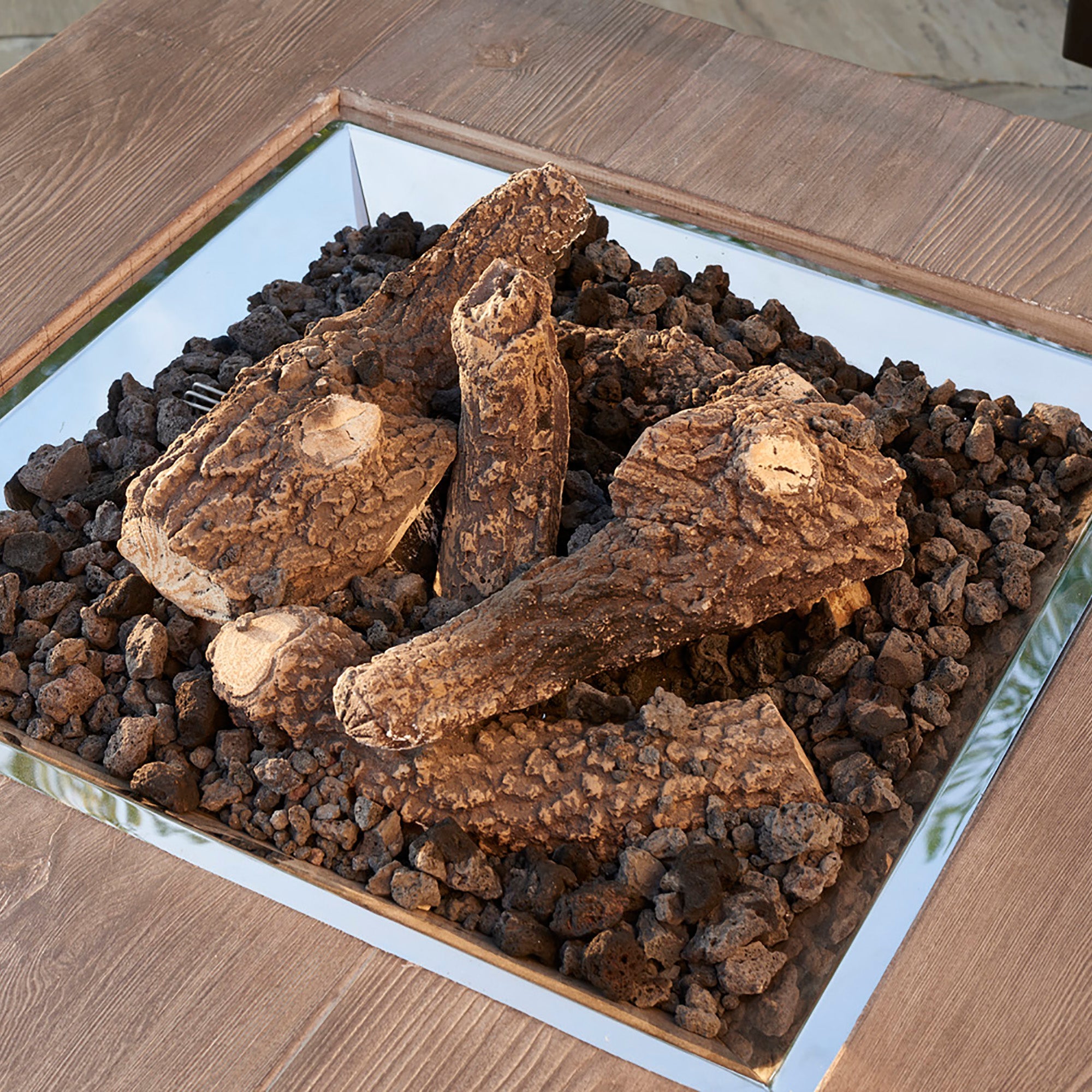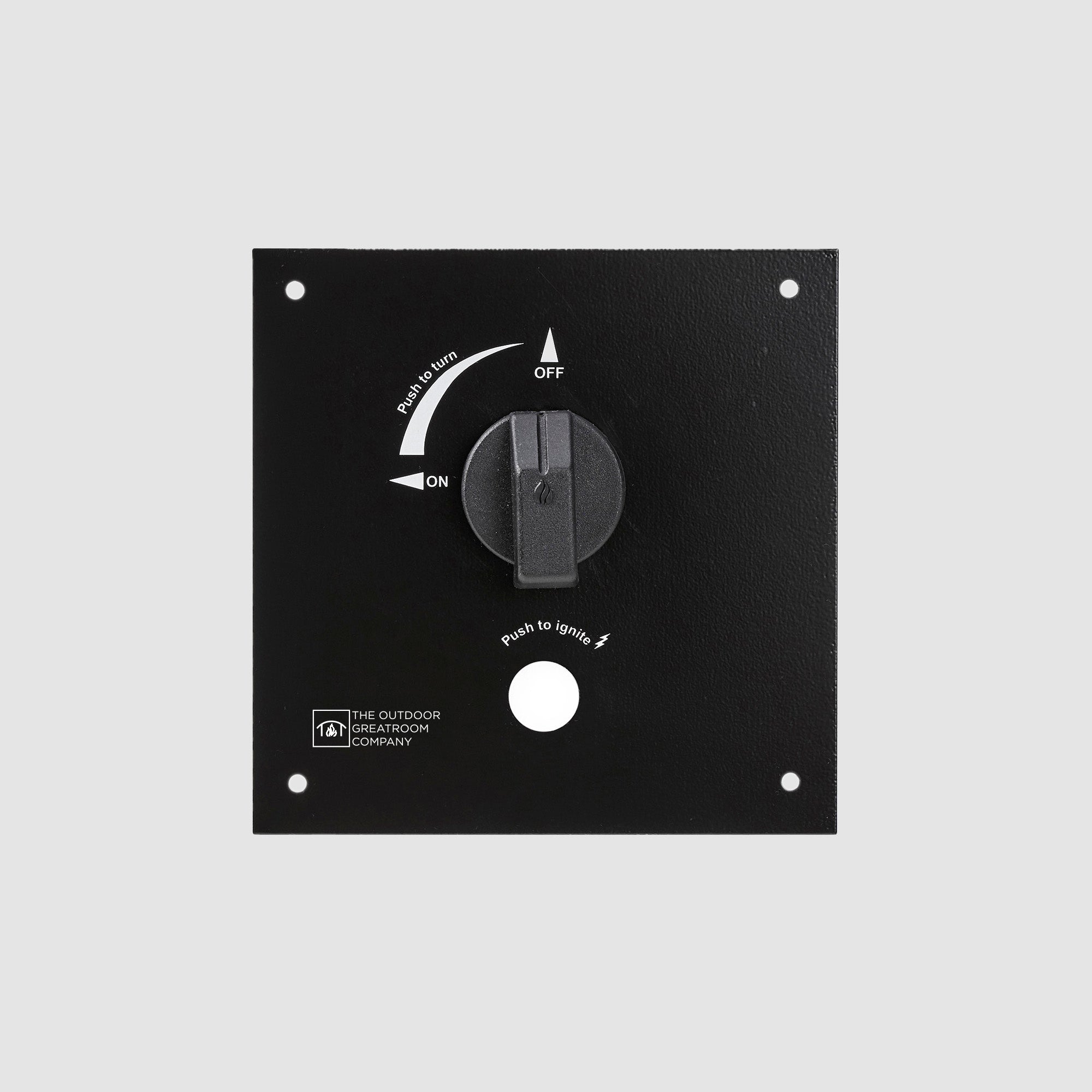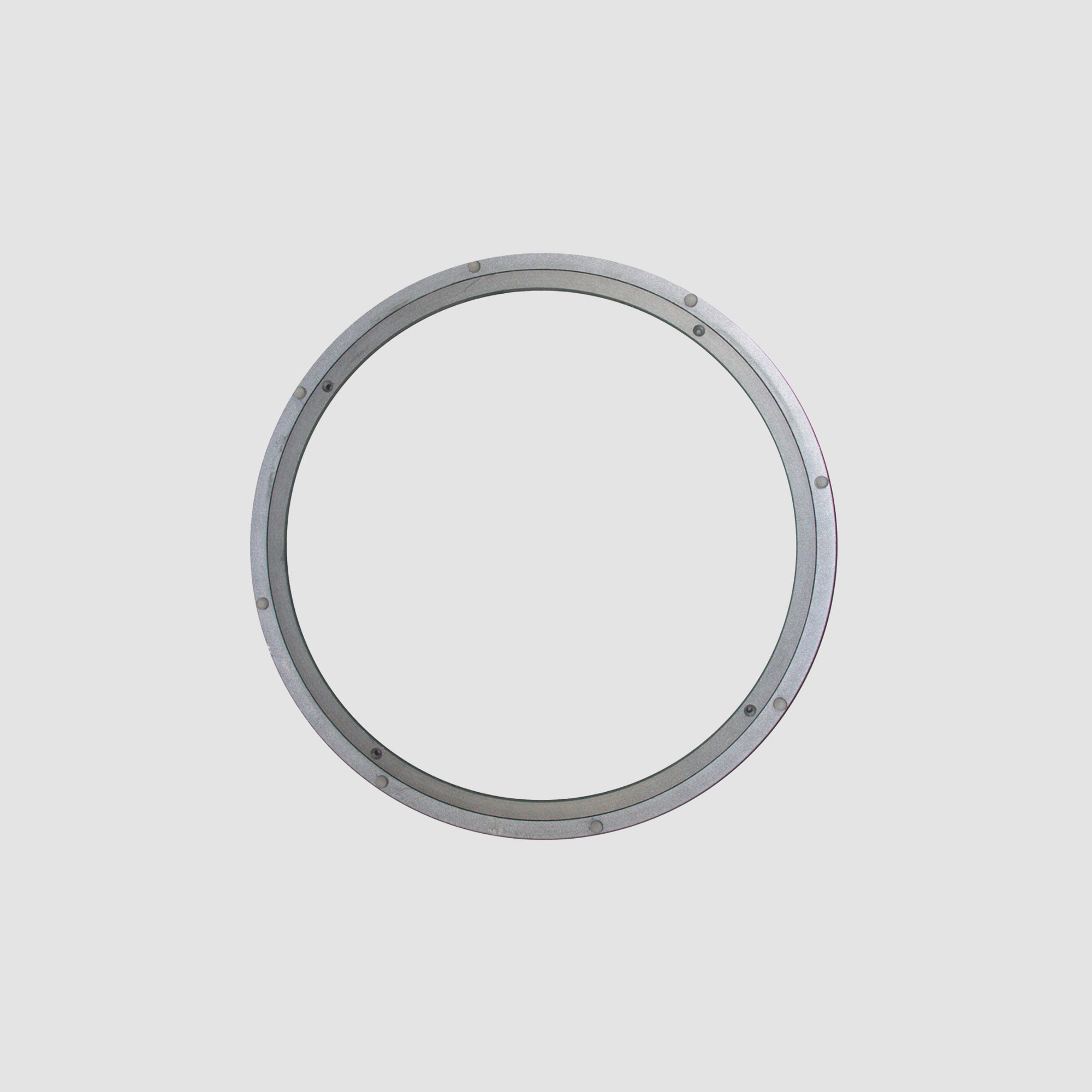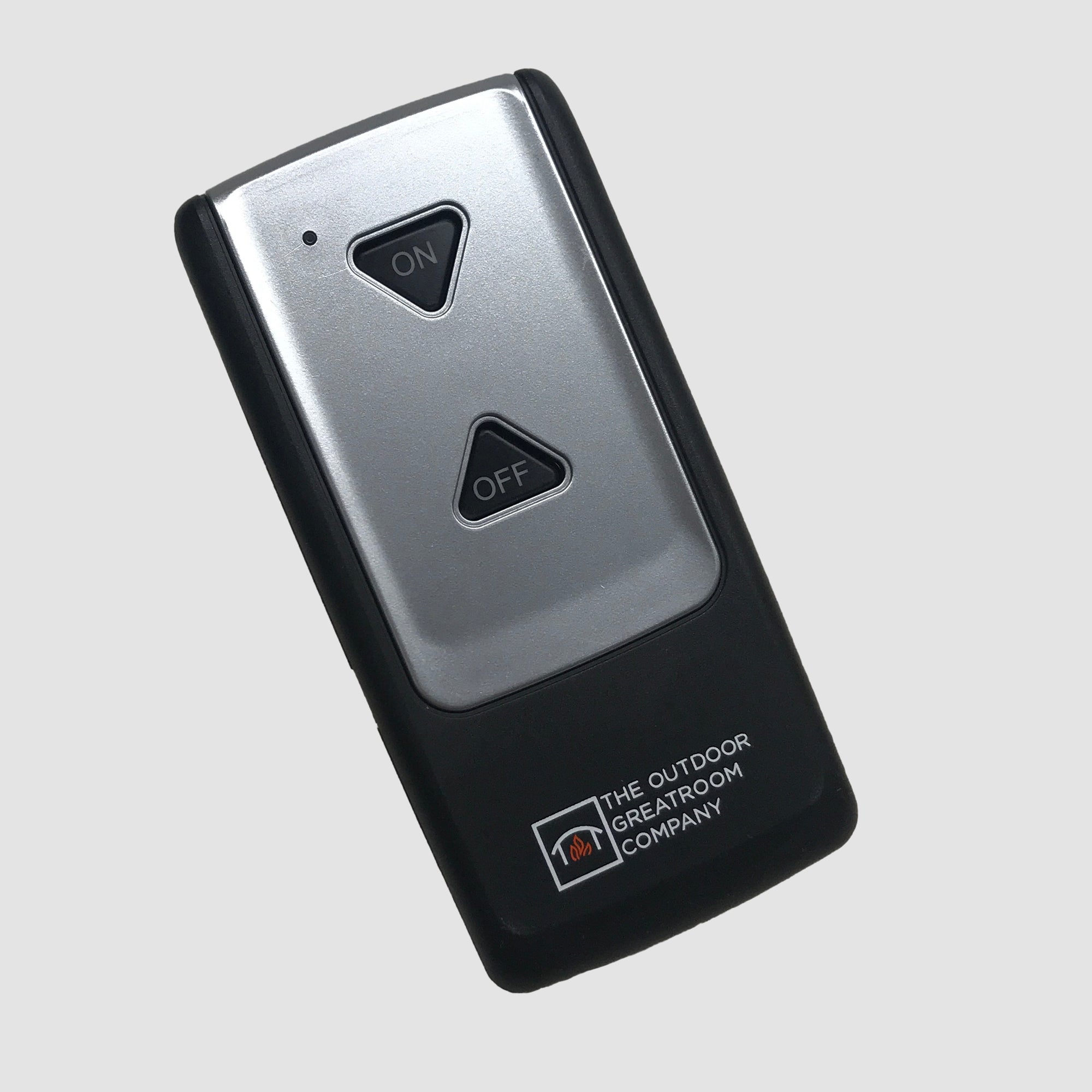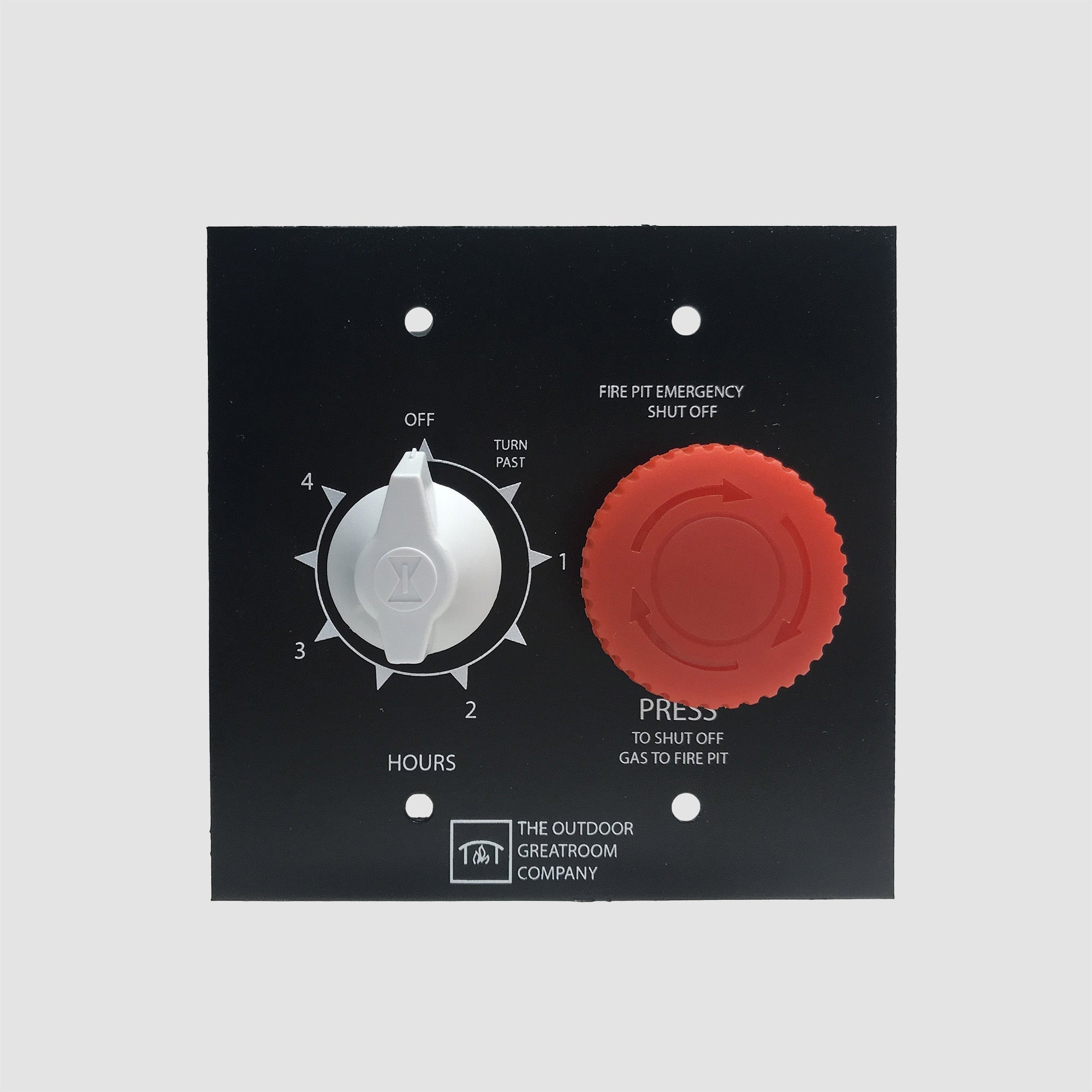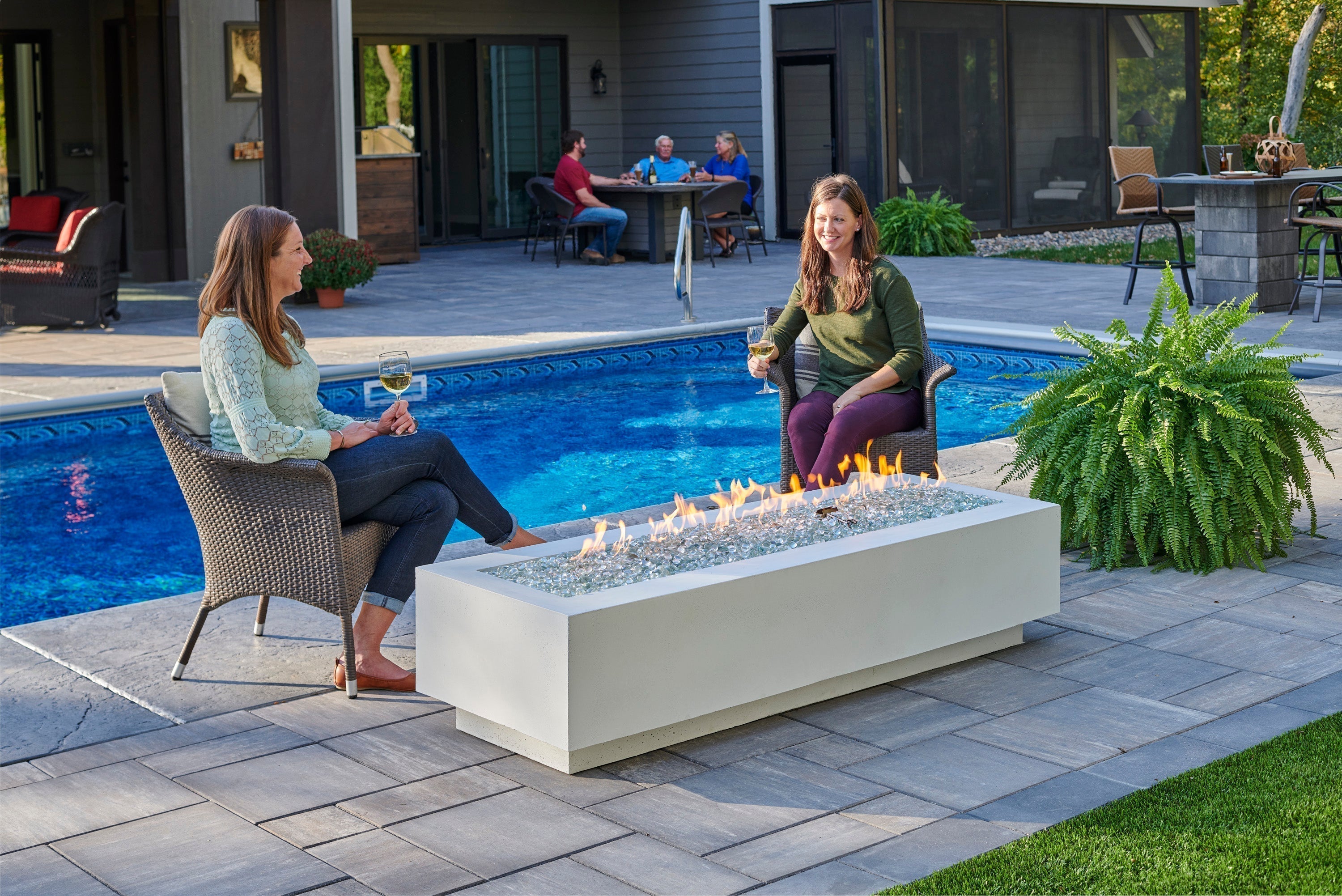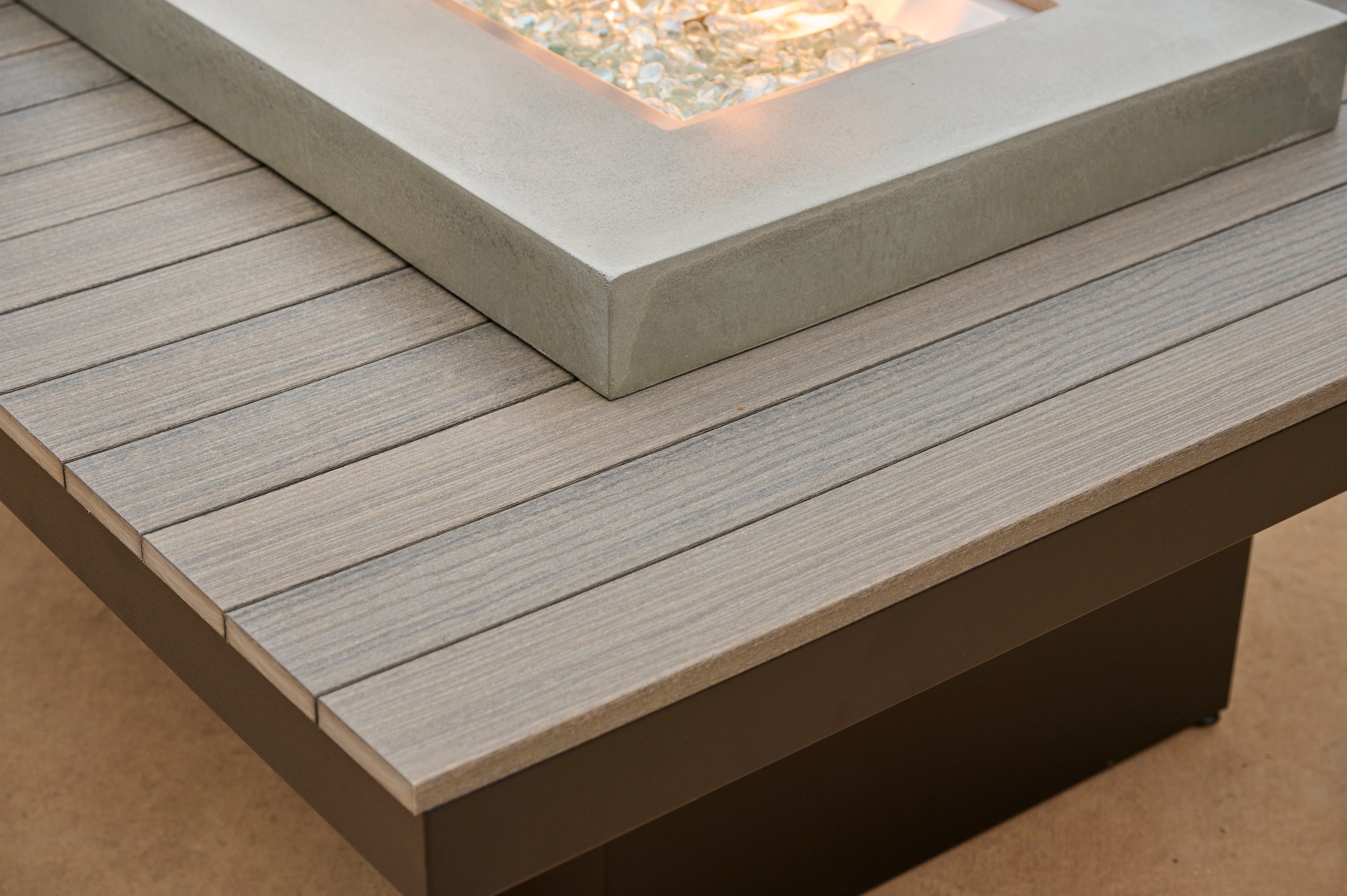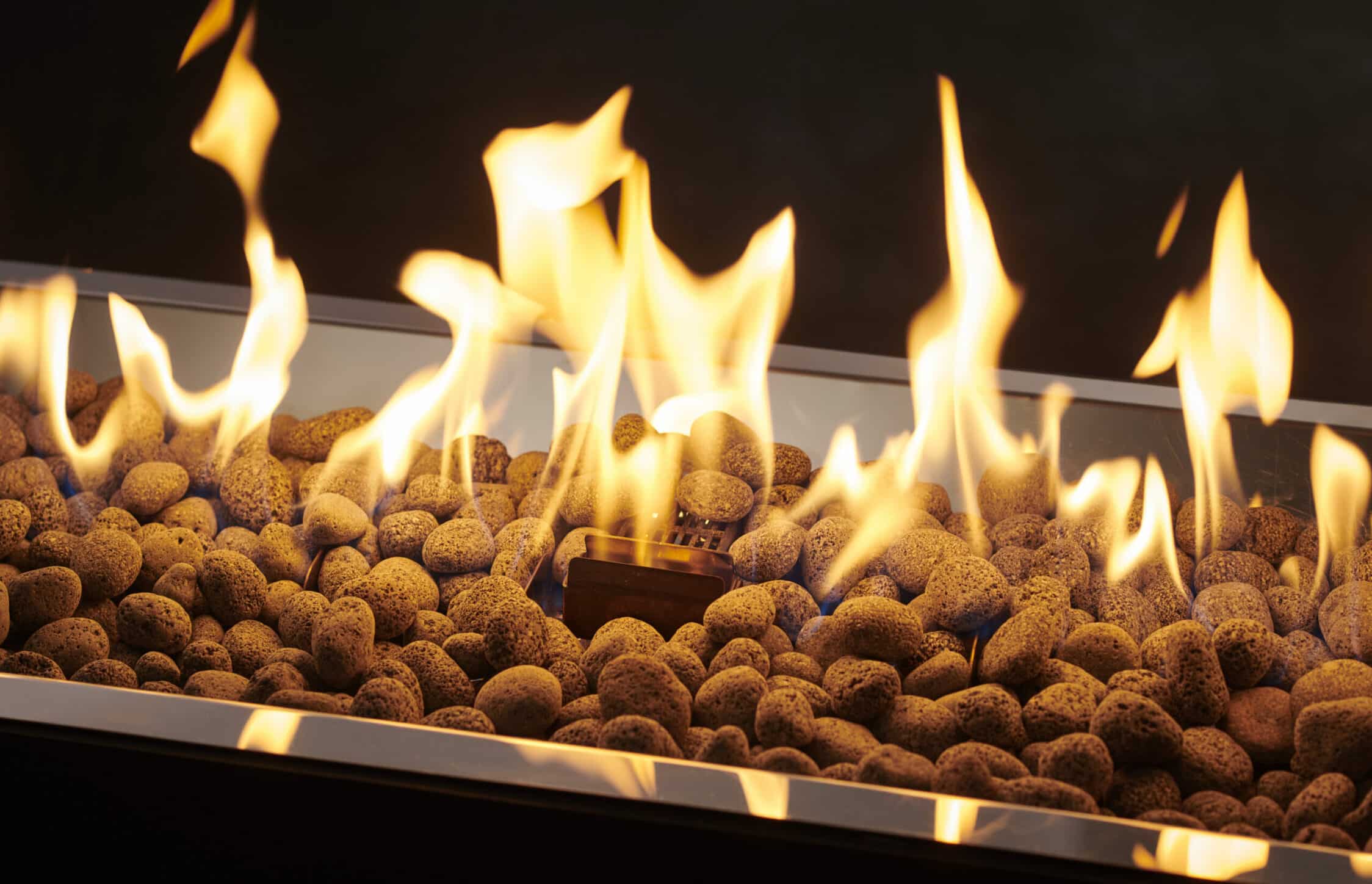When trying to decide how to fuel your fire pit, it is important to learn about the different options available. Liquid propane (LP) and natural gas both give off some serious heat, but there are significant differences between the two clean energy alternatives:
Liquid Propane
Using propane as your source of fuel will provide several benefits as you look to heat up your outdoor entertaining area. For starters, LP produces a bigger, more visible flame than natural gas. Convenience is also a plus when it comes to liquid propane. A propane fire pit table requires no certified gas installation or gas line to operate, and with our easy-to-install instructions, you'll have a fire pit table that lights up in no time. LP is also a clean energy alternative, as propane is nontoxic and imposes no threat to the environment.
Unlike natural gas, LP tanks will eventually run out and will require you to purchase a propane gas refill. Similar to an outside grill, you'll have to find the cheapest propane near you to reignite your burner. A liquid propane tank will typically last for eight hours when set on high, and 20 hours when burning on low.
Many of our fire pit tables provide a storage space an LP tank. Whether it be a sliding door or a hidden opening for it to go into, the only time you'll have to see the propane tank is when it needs to be replaced. The Havenwood Fire Pit Table is a great example of a fire pit table that stores a propane tank without any trace of it being visible.
Natural Gas
Liquid propane is cost effective in the short run, but if you already plan on constructing a stellar backyard landscape, DIY fire pit project, or are interested in a commercial/contracted fire pit, installing a natural gas line will be more economical in the long haul. The major benefit in natural gas is its unlimited supply. Once a gas line is installed, the fire pit of your choosing will never require you to go out and refill your fuel, making natural gas the cheaper alternative. However, because natural gas is cleaner than a propane tank, the color of the flame may not be as bright as with an LP tank. To solve this problem, the Outdoor GreatRoom Company (OGC) has developed a new burner technology called Crystal Fire® Plus. Our CFP Burners create the tallest, brightest, and fullest flames you'll find on the market.
A product we suggest for using natural gas is our Cove Fire Pit Bowl. Because the Cove series cannot fit a propane tank inside, connecting the bowl to a natural gas line will provide a seamless and nondisruptive display. When installing your fire pit using natural gas, it is important to consult your local certified gas technician for any gas supply or installation questions.
Similarities
With natural gas and liquid propane being so similar in nature, either option can be used interchangeably. Our fire pit tables at the (OGC) come set up for liquid propane, but all models include a conversion kit if you want to change your fuel to natural gas. Both natural gas and liquid propane will give you a solid flame, and the amount of heat your fire pit gives off is ultimately determined by the size burner you choose and its BTU output. Burners made by the OGC have been UL listed for safety to ensure safe operation and a product that will withstand rain, wind, and other tests.
Besides cost, natural gas and liquid propane are environmentally friendly alternatives that provide safety and enjoyment for your outdoor space. Any additional questions you may have can be found on our FAQ page.
Looking to learn more and stay educated on the gas fire pit industry? Sign up for our newsletter!
